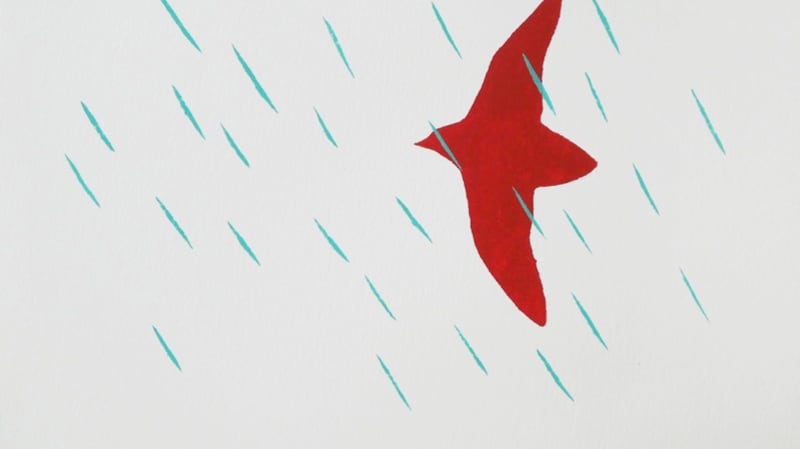We’ve had feng shui. We’ve had hygge. We’ve tidied our sock drawer in the style of Marie Kondo, we’ve spiralised our veggies, and put breakfast – mindfully – through the Nutribullet. But hang on to your lifestyle hats, because another international craze is about to wash up on our shores.
Ikigai is a Japanese concept that, basically, means “a reason to get up in the morning”. According to Japanese culture a strong sense of ikigai will not only infuses your life with meaning, but makes it longer and happier in the process – as exemplified by the Japanese island of Okinawa, famous for having a much higher number of centenarians than anywhere else in the world.
So far, so good. The problem is to figure out where your ikigai can be found. This being Japanese philosophy, it’s not simply a matter of cosying up to the curtains, or even painting them white (though if you love white, and hate your curtains, that might help).
At the intersection
Ikigai is sometimes defined as the intersection of what you like to do, what you’re good at, and what people are prepared to pay you for. Or “the place where passion, mission, vocation and profession intersect”. Which hardly helps. For many people, those components move around on a regular basis – so you could be wandering in the desert for a long time before you’d arrive at ikigai central.
The exhibition Shotai, which runs at SO Fine Art Editions on South Anne Street in Dublin until September 23rd, offers a gorgeous place to start thinking about all things Japanese: it's a funky selection of works by artists who created lithographs, with master Japanese printmaker Satoru Itazu as well as prints by graduate students from the prestigious Toyko University of the Arts.

To go the more philosophical route, a new book, Ikigai: The Japanese Secret of a Long and Happy Life, to be published by Random House in early September, suggests tuning in to your ikigai by exploring the concept of flow, which is the art of being completely immersed in whatever you're doing, whether that be decorating a room or preparing veggies for dinner.
To research the book the authors – one of whom, Hector Garcia, worked at Cern in Switzerland before moving to Japan to develop voice-recognition software – interviewed the residents of the Japanese village with the highest percentage of 100-year-olds to find out what they eat, how they move, how they work and how they foster a sense of community.
Tomi’s secret
One of Okinawa’s most famous exports over the past couple of years has been 92-year-old Tomi Menaka, singer with the “girl band” KBG84: average age, 84. Despite being a pop sensation in Japan and across Asia, Tomi-San claims she eats mostly rice balls, cup noodles and milk tea. Then again, she and her fellow pop idols live on a remote, sub-tropical, coral-fringed island surrounded by hibiscus flowers. Or as Garcia and his co-author, Francesc Miralles, describe their chosen island village, “lush green hills fed by crystalline waters”.
Better for the ikigai than an Irish winter? Maybe. I’m an ikigai agnostic. I’m still struggling with ikebana, and green tea gives me a headache. Plus, not all Japanese cultural influences are as cool, calm and collected as tatami reed mats and shoji room dividers. If you’re about to embrace your inner ikigai, be warned. It might turn out to be a pikachu: plastic, chubby, and very, very yellow.












